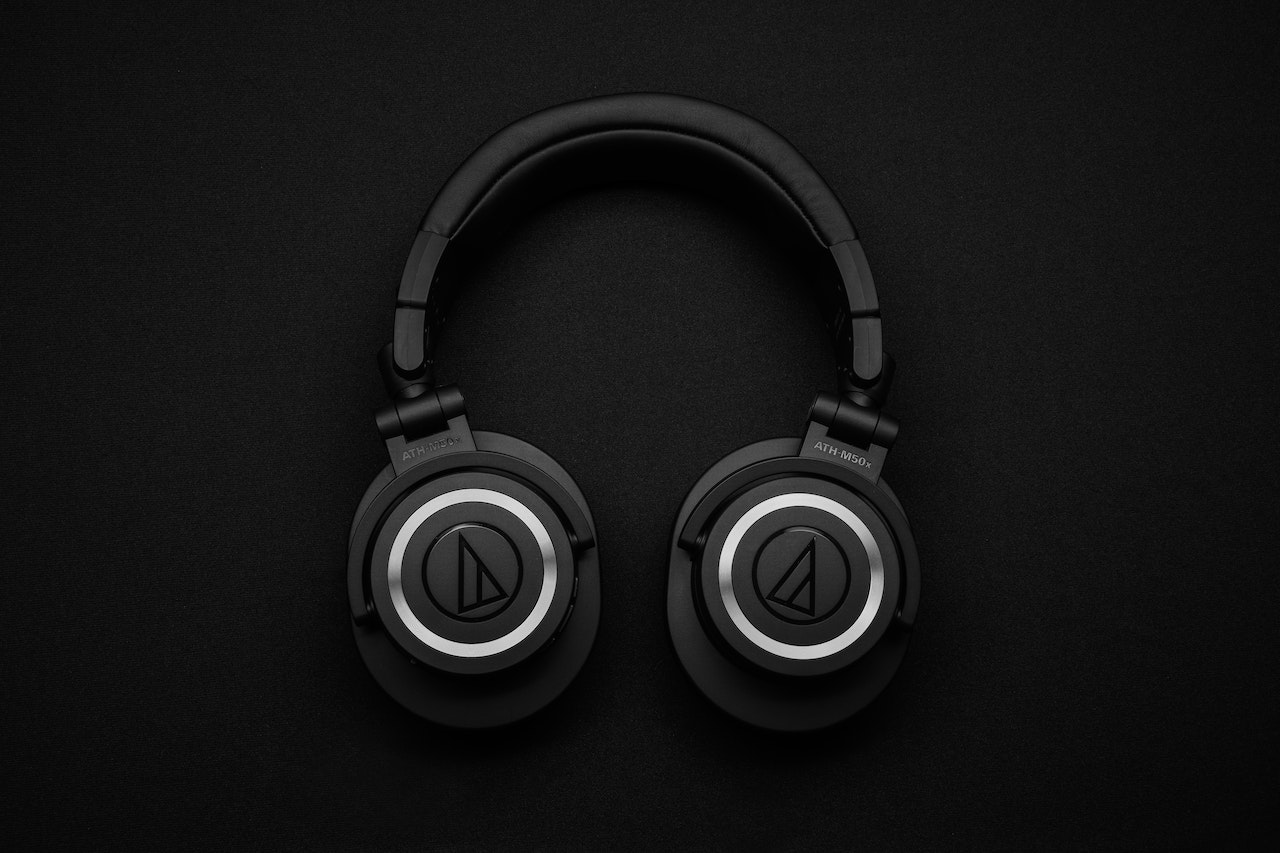לא נמצאו פעילויות
צור רשימת השמעה משלך
שתף מוזיקה עם חברים ובני משפחה
שמור את המועדפים שלך
4796824372433055
Account number / IBANAntoian Kordiyal
Account nameTGBATRISXXX
Routing codeUnited States
Countryהעלה קבלה
האם אתה בטוח שאתה רוצה לקנות כרטיס?

